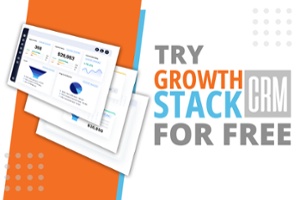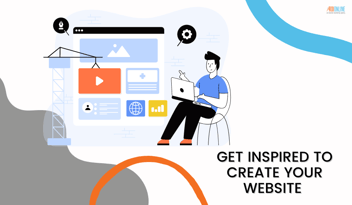How to Create an Effective Call to Action on Your Website
What do you want your website visitors to do when they come to your website? That question may be a bit confusing. You are thinking, "It's obvious. I want a visitor to buy my product." (Or service or make a donation or sign-up for my newsletter.) The problem is that a new visitor may not know what you want them to do. Calls to action (CTAs) are what you use to tell your visitors the next step you want them to take, such as buy your product, donate to your cause or share your blog on their Twitter feed. Think of CTAs as breadcrumbs.
Well-placed and well-designed CTAs are critical to successful internet marketing. They offer a crucial link between an incoming visitor and turning that visitor into a lead or paying customer. However, not every CTA is right for every web page. Testing is the best way to find the right calls to action for your target audience. This involves creating two versions of the same page with slightly different CTAs and seeing which one works best. This is A/B testing, and is a cornerstone for CTA creation and optimization.
Determining the Right Call to Action to Use
Deciding what kind of CTA to use on a particular web page is important. Think about this:
-
What stage in the sales funnel is the visitor at? A first-time visitor is not in the funnel yet. A repeat visitor is in the funnel. You need to use different calls to action for each type of visitor.
-
What interests your visitor? What is the topic of the page they entered your website on? That will tell you what information they are looking for. The CTA on that page needs to have a direct connection between the content and what you want the person to do.
-
What kind of offer works best for your customers? This takes some experimentation. For example, some websites do better with webinars while others get more traffic with e-books and white papers. With varied offers, you can find the right content mixture for your website.
-
What type of CTA gets the most traffic? CTAs are often text links and buttons. They can also take the form of videos, contact forms, and photos. Experimentation will tell you what works best for your target audience and buyer personas.
Where to Place the Call to Action on your Website
Placement of your CTA on your website is critical. The call to action should be obvious to the visitor and its placement should make sense with the page's content. Don’t put a CTA about downloading a free eBook on Social Media Strategies when the blog is about Website Navigation. Another consideration is to make sure your CTA takes your visitor to the right place where there will be a conversion from a visitor to a lead to a customer. This is called a Landing Page. That would be quite off-putting and irritating for your potential customer.
Two terms you hear when talking about CTA placement is "above the fold" and "below the fold." Think about a newspaper. The front page is folded in half. The top half is where you look for the headlines. In terms of a web page, being "above the fold" means to be at, or near, the top of the page. That is the part of the page that appears on the screen when the page loads. Being "below the fold" places the CTA further down the page. However, there are specific times when placing it "below the fold" makes sense. Testing will tell you which works best. In most cases, placing your CTA "above the fold" is ideal.
Optimizing Your Call to Action
Once you have a CTA in place, you can optimize it for higher click-through rates. You want to make your CTA simple. Overwhelming the button with fancy fonts, several colors and a jumble of words is just going to scare your visitor away. A clear, concise message, that is well designed, on the other hand, is not intimidating. Here are a few ways to optimize it:
-
Choose a contrasting color for your CTA
-
Make the CTA clear and unambiguous
-
Keep navigation options to a minimum on page
-
Keep the page and CTA clean of clutter
-
Make the CTA consistent with the page content and offer
-
Repeat the CTA on long pages
Business owners need to understand how CTAs work in internet marketing. These calls to actions make all the difference in success and failure. Let the internet marketing experts here at ROI Online help you create a profitable online presence. We want to make internet marketing work for you and your business! Contact us for a free meeting!







